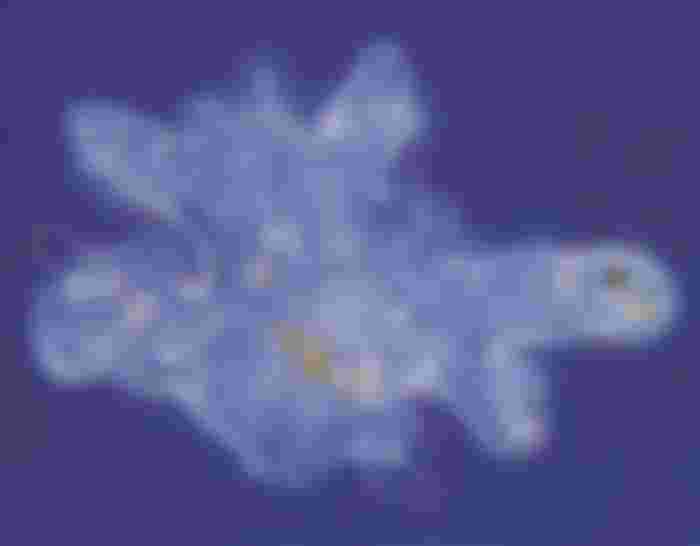Hello guys. Today I tell you about amoeba.It's a very very small creature. The word amoeba comes from the Greek word "amoibe", which means "change". In 1855, Rossel von Rosenhoff discovered the amoeba. Amoebae are unicellular and free-living protozoa. These animals are the lowest animals in the animal kingdom

Their bodies are made up of a small protoplasm. Although formed by a single cell, the amoeba carries out all the biological functions of respiration, nutrition, rations, reproduction, etc.

Although they do not have the same morphological complexity as multicellularorganisms,theyhaveconsiderable complexity in their life-processes.


Since the discovery of mimivirus, numerous giant viruses associated with free-living amoebae have been described. The genome of giant viruses can be more than 2.5 megabases, and virus particles can exceed the size of many bacteria. The unexpected characteristics of these viruses have made them intriguing research targets and, as a result, studies focusing on their interactions with their amoeba host have gained increased attention. Studies have shown that giant viruses can establish host–pathogen interactions, which have not been previously demonstrated, including the unprecedented interaction with a new group of small viruses, called virophages, that parasitize their viral factories. In this brief review, we present recent advances in virophage–giant virus–host interactions and highlight selected studies involving interactions between giant viruses and amoebae. These unprecedented interactions involve the giant viruses mimivirus, marseillevirus, tupanviruses and faustovirus, all of which modulate the amoeba environment, affecting both their replication and their spread to new hosts.